Living with a 1980's Honda Accord
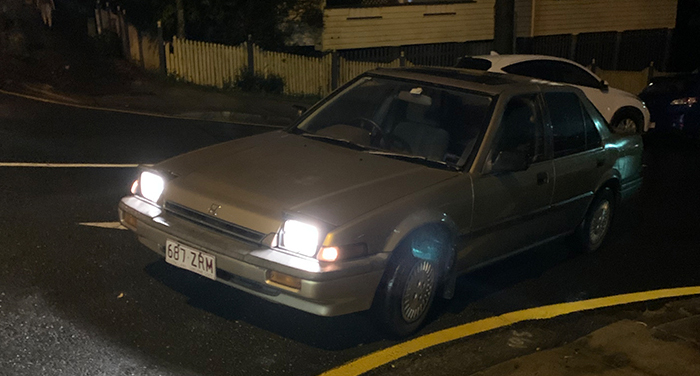
As well as the Golf, I own a 1988 Honda Accord (3rd gen, CA). At some point I had the wistful intention of attempting changing the Golf's timing belt myself and so wanted something else to get me about in the probable eventuality the Golf would be off the road for a significant amount of time.
So, what's it like owning a 34 year old Honda?
One word really comes to mind: "quality".
The Accord oozes quality. From the planted double-wishbone suspension to the felt-lined coin tray, it is undeniable that this car was both designed and built very well. The electronics are faultless, the ride smooth, the engine perky enough and the 5 speed manual snicks through the gears so very satisfyingly.
Sure, the car is basic compared to even contemporary entry level vehicles today - what do you expect? There are no air bags or ABS for one. But you can tell that someone on a Honda lot back in 1988 was very impressed (so impressed, actually, that according to the cars log books they kept the car for over 20 years) by the origami styling, features and options, and get-up-and go little engine.
Talking of options, this does have a few to show off: electric sunroof, mirrors and windows all round, cruise control, button actuated ventilation, power steering and, of course, that fantastic "Formula 1 inspired" double wishbone suspension. Oh, did I mention it has pop-up lights as well? And then theres the little extra touches you discover, like how the pop-up lights open and close automatically when you flash your high-beams at someone whose, perhaps, just cut you off. Or the aforementioned felt lined coin tray that prevents loose change rattling around. Or the little door ajar "computer" diagram on the dashboard that lights up just which door wasn't closed properly.
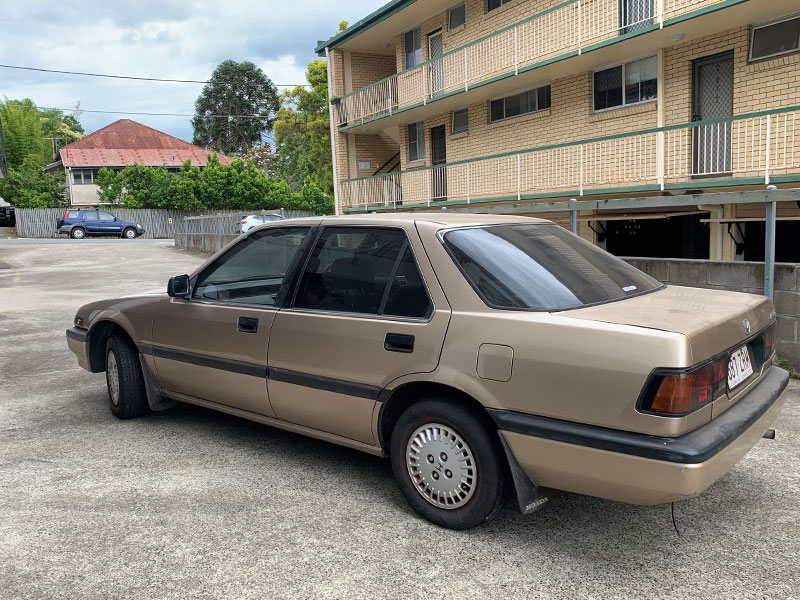
So overall the 3rd generation Accord is an entirely agreeable car. Well, no. It wouldn't be an honest review without naming the bad. First off, the seats are not particularly comfortable - they lack much needed lumbar support. The paint, like many cars of the era, has not and will not age gracefully. The plastic indicator stalks have a habit of snapping in hot climates, and, for whatever reason, Honda has opted for using the coolant as a way to actuate certain devices like the fast-idle valve. This wouldn't be too bad in it's self but the central nerve of this system is a metal pipe that is vulnerable to rust.
Then, there's the elephant in the room. It's an Accord. It's not a sporty Prelude, or a cheeky Civic. It doesn't have the polaroid-filter-cool presence of a Volvo 240 or the stately authority of a W123 Mercedes. Yes, it's a good car in many, many ways, but is it a cool car? Sadly no, I don't think so.
What's it like to drive?
I've already mentioned the engine - a 2lt, single cam with 3 valves per cylinder, cross-flow head and fuel injection (some models still had carburettors). Without modern, bureaucratic electronics in the way the throttle is responsive, power delivery is decently linear, but is lacking in the top-end, but you do get a satisfying, if not slight, growl. In short it's what you expect with a relatively light 1980s Honda, and there's nothing wrong with that, especially when coupled to a manual transmission.
The seating is so low you could be forgiven for thinking you're in a sports car, not a five door family saloon. At first it's a strange juxtaposition, but when coupled with that famous double-wishbone suspension it makes a lot of sense.
However, all is not good with the ergonomics. The low position does get annoying after a while particularly when getting in and out often. There is also no center console armrest.
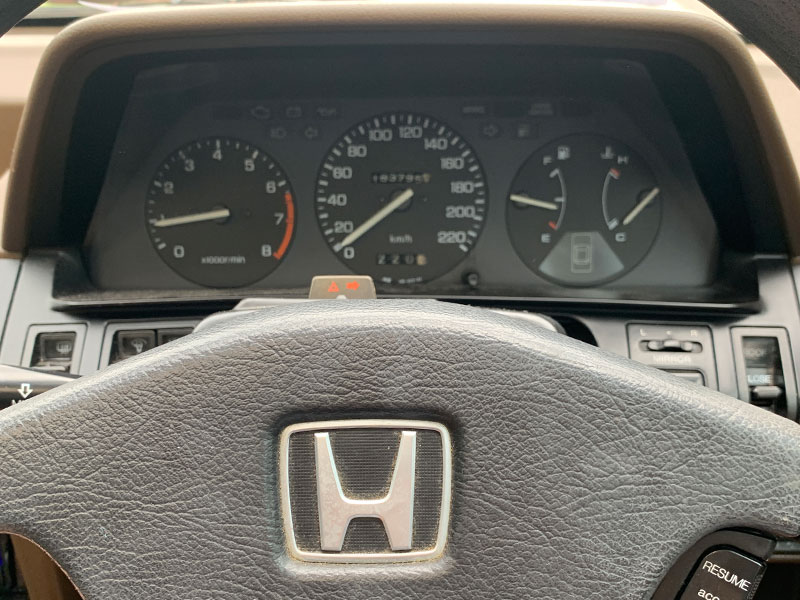
What about reliability?
Yes, it's a 1980s Honda. But it's also a 34 year old car. Whilst the engine and transmission are solid there are a few things to look out for - I've already mentioned that pesky indicator stalk issue, the corrosion-prone plumbing and the ageing paint that could eventually cause rust. There are also known issues with the upper suspension ball joints failing after some time and the ignition control module's solder can separate from the circuit board over time (I drilled holes in the housing of mine to let in airflow).
How much did you spend?
For me, this car was intended to be a daily run-about so I spent the minimum I could. Cost of the car was about $1,500 AUD, and I replaced the radiator, alternator and water pump adding about another $400. Re-gassing the air conditioning for was another $100. All in all what I got out of it was a sporty-feeling 4 door with air-con, cruise control and power-everything for around the 2 grand mark.

Tips for cycling Seoul to Busan on the 4 Rivers Bike Trail
Tips for bicycling across Korea for first time bike-packers.
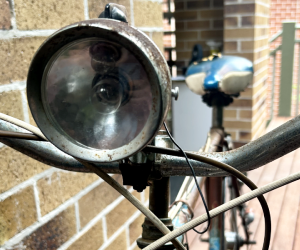
1973 Tom Wallace Special - the Brisbane made bicycle
A 1973 Tom Wallace Special: The road bike from the all but forgotten Queensland bicycle manufacturer.
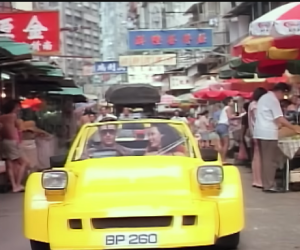
The rare Australian sports car that appeared in a Hong Kong action movie
How did this obscure Aussie sports car come to star in an Hong Kong action movie?
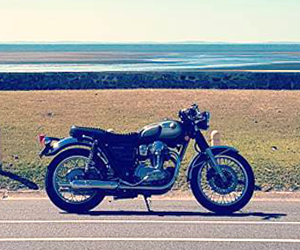
10 years of Kawasaki W800 ownership - an honest review
An honest review of owning a classically-styled Kawasaki W800 motorcycle for the last 10 years
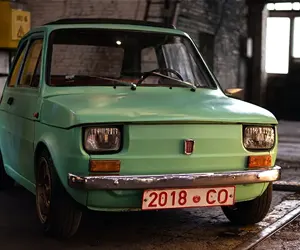
10 more classic cars you can buy nearly new today
10 MORE classic cars that had insanely long production runs that you can buy new or nearly new today.
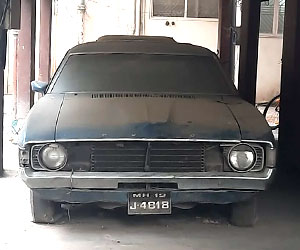
Mystery XA Ford Falcon turns up in India
How did a 50 year old Australian family wagon end up in India?
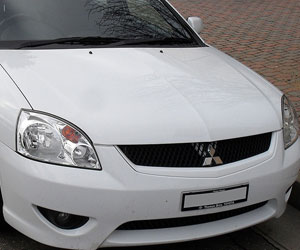
Why the Mitsubishi 380 failed in Australia
The Mitsubishi 380 was a pretty decent car at a pretty decent price. So why did it fail?
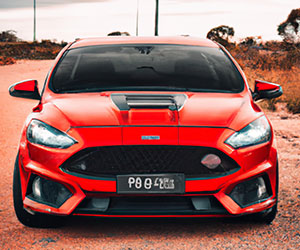
Using AI to imagine Australian made cars in 2022.
What would Australian made cars look like in 2022 if the Holden and Ford were still around?

How many different models does Toyota sell?
If I were to walk into any Toyota dealership anywhere in the world what could I buy?
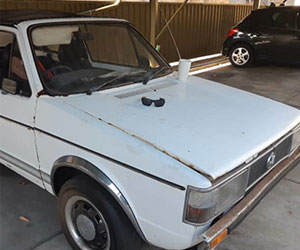
Check out this unique Australian made Mk1 Cabriolet
Looking for a Mk1 Golf project that is both unique and historical? This could be the car for you.
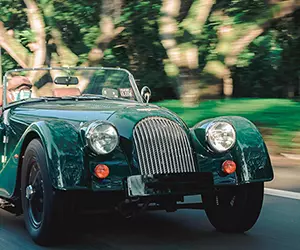
10 classic cars you can buy (nearly) new today
So you want a classic car without the hassle of dealing with 30-plus odd years of issues? Here's 10 "classic" cars you can buy in near new condition today.
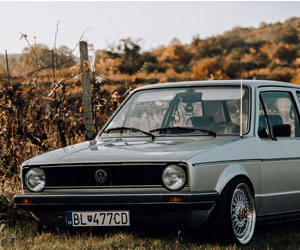
Are Mk1 Golfs reliable?
Is a VW Mk1 Golf a reliable car? Can you daily drive it and what are common issues you might encounter?